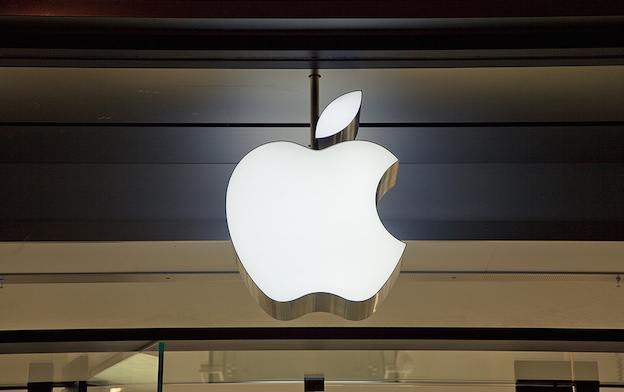While everyone is understandably excited about the iPhone 8 and its edgeless OLED display, hardware won’t be the only compelling new offering from Apple this year. At WWDC this year, Apple introduced ARKit, a new suite of tools and frameworks that allows developers to create absolutely mind boggling augmented reality experiences with relative ease. Ever since Apple rolled out the first beta of iOS 11, developers have been busy putting together a seemingly endless stream of ARKit powered demos, each one more impressive than the last.
What makes Apple’s AR play all the more compelling and strategic is that users won’t need Apple’s top of the line iPhone in order to enjoy augmented reality apps. In fact, any iPhone released after 2015 — including the iPhone 6s and the iPhone SE — will be able to run ARKit powered apps with no problem. Google’s Project Tango, in stark contrast, requires specialized hardware and is not supported by the vast majority of Android devices out on the market.
Suffice it to say, ARKit has the very real potential of bringing augmented reality to the mainstream and completely changing the way we use and interact with our smartphones. So while Apple certainly isn’t the first tech company to get behind augmented reality, it may very well have the biggest impact across the tech industry.
Exploring why ARKit will likely leave competitors in the dust, Matt Miesnieks a few days ago penned an incredibly thorough and informative post on Medium detailing why ARKit is better than other alternatives out on the market. The entire post is somewhat technical and is well worth poring over if you have an interest in how ARKit works. That said, one of the more interesting tidbits Miesnieks brings up focuses on how Android fragmentation effectively limits Google’s ability to really make a strong push with Project Tango.
As Miesnieks describes, Project Tango, at the core, is a “hardware reference design” and the work involved with a) convincing OEM’s to play along and b) ensuring a consistent user experience across a myriad of devices was simply not something Google wanted to pursue. As it stands now, Project Tango is only supported by two Android smartphone models.
Google also could easily have shipped Tango’s VIO system in a mass market Android phone over 12 months ago, but they also chose not to. If they did this, then ARKit would have looked like a catch up, instead of a breakthrough. I believe (without hard confirmation) that this was because they didn’t want to have to go through a unique sensor calibration process for each OEM, where each OEMs version of Tango worked not as well as others, and Google didn’t want to just favor the handful of huge OEMs (Samsung, Huawei etc) where the device volumes would make the work worthwhile. Instead they pretty much told the OEMs “this is the reference design for the hardware, take it or leave it”. (Of course it’s never that simple, but that’s the gist of the feedback OEMs have given me). As Android has commoditized smartphone hardware, the camera & sensor stack is one of the last areas of differentiation so there was no way the OEMs would converge on what Google wanted. Google also mandated that the Depth Camera was part of the package, which added a lot to the BOM cost of the phone (and chewed battery), so that’s another reason the OEMs said “no thanks”!
As far as pure technical capabilities go, ARKit may not be leaps and bounds ahead of what Google and Microsoft are doing, but Apple’s tight integration of hardware and software means that Apple will be the first company to truly bring next-level augmented reality to the mainstream.








